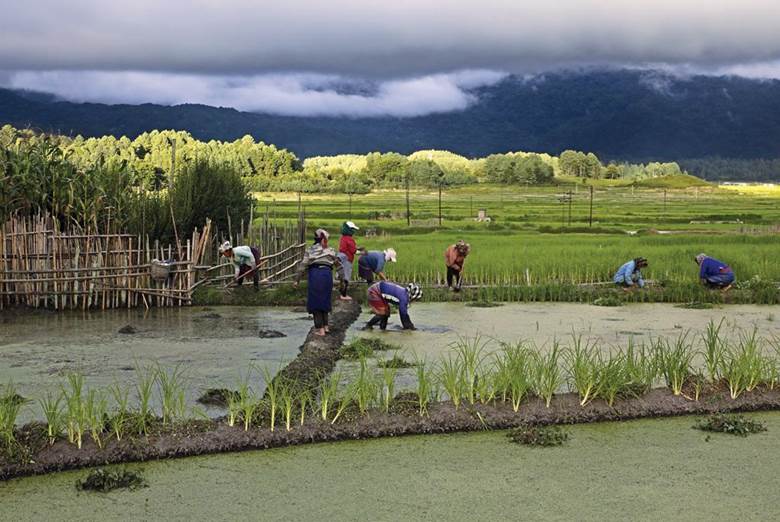Free Courses Sale ends Soon, Get It Now


Free Courses Sale ends Soon, Get It Now



Disclaimer: Copyright infringement not intended.
Context: 28th July is World Nature Conservation Day. It is observed to increase awareness about the importance of preserving nature and natural resources in order to protect the Earth.
Details:
Bishnois
Khasis
Van Gujjars
Idu Mishmis
Apatanis
© 2024 iasgyan. All right reserved